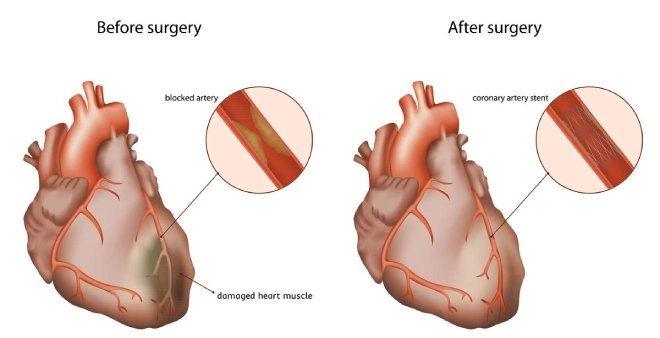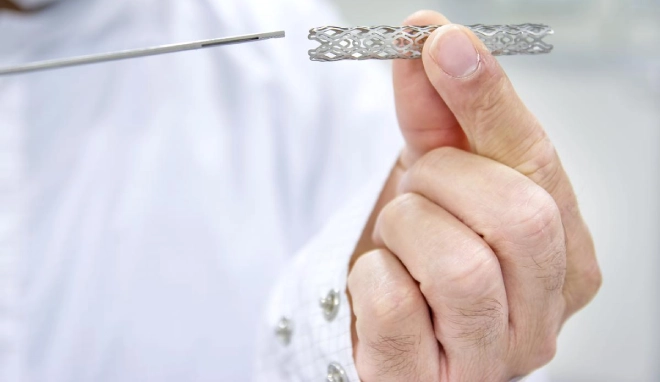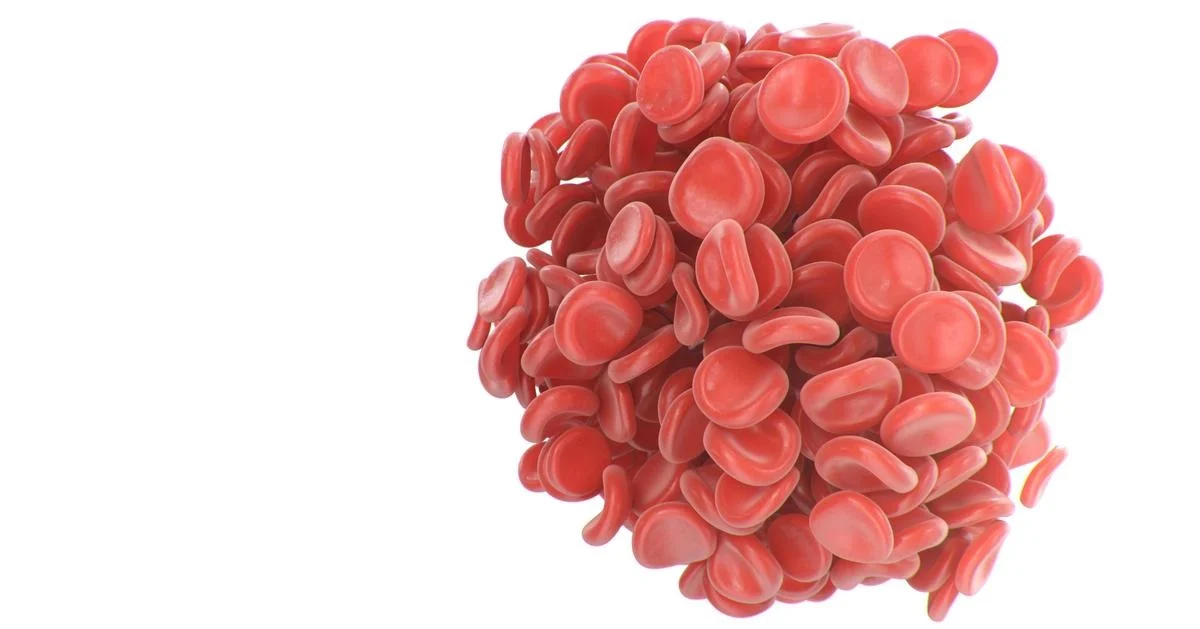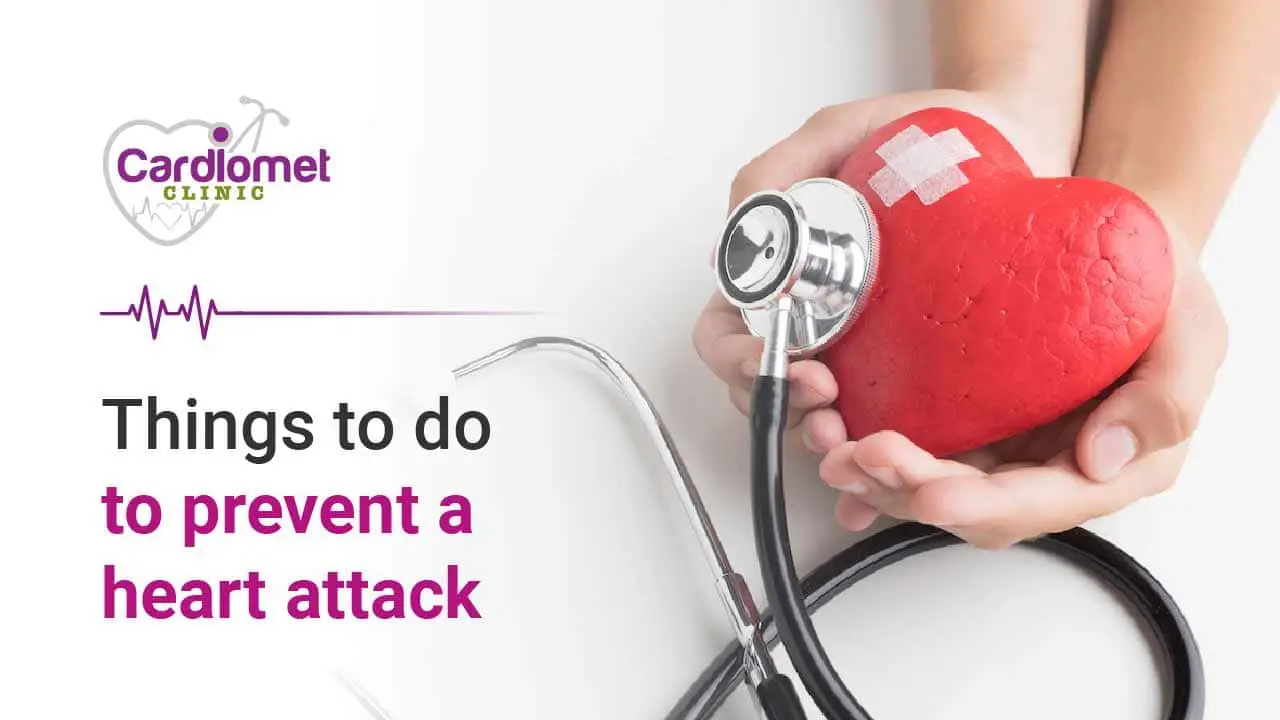Regaining Strength and Wellness Essential Steps After Angioplasty
Angioplasty is a common and effective procedure in the management of cardiovascular diseases, offering patients a chance to improve their heart health and overall quality of life. In this blog post, we will provide essential information about angioplasty, including its risks, benefits, and the procedure itself.

Furthermore, we will guide you through the critical aspects of post-angioplasty care, covering what to expect after the procedure, activities to avoid, medications to take, and lifestyle changes to adopt for a successful recovery. Lastly, we will discuss potential complications and offer valuable advice on how to prevent them, ensuring a safe and smooth journey toward better heart health.

What is Angioplasty?
Angioplasty, also known as Percutaneous coronary intervention (PCI), is a minimally invasive medical procedure used to treat narrowed or blocked arteries, often due to Atherosclerosis Or Coronary Artery disease. The goal of Angioplasty is to restore blood flow to the affected area, thereby alleviating symptoms such as chest pain and reducing the Risk of heart attack.

What are the Risks and benefits of Angioplasty?
Benefits of Angioplasty include:
- Improved blood flow: By Opening up narrowed or blocked arteries, Angioplasty helps to increase blood flow to the heart muscle, Reducing symptoms and improving overall Heart function.
- Minimally Invasive: Angioplasty is less invasive than open-Heart surgery, leading to shorter hospital stays, faster recovery times, and fewer complications.
- Reduced Risk of heart attack: Restoring blood flow to the heart can help Prevent future Heart Attacks and improve long-term outcomes for patients with Coronary Artery Disease.
Risks of Angioplasty include:
- Bleeding or hematoma at the catheter insertion site.
- Infection at the catheter insertion site.
- Damage to blood vessels during the procedure.
- Restenosis (re-narrowing) of the treated artery.
- Kidney damage from contrast dye used during the procedure.
- Blood clot formation, which could lead to a Heart Attack or stroke.
- Rare but serious complications such as heart attack, stroke, or death.
It is important to note that the risks of angioplasty are generally low, and for many patients, the benefits of the procedure outweigh the potential risks.
How is angioplasty performed?
Angioplasty is typically performed in a hospital setting by a cardiologist. The procedure involves the following steps:
- The patient is given local anesthesia to numb the catheter insertion site, usually in the groin or wrist.
- A small incision is made at the insertion site, and a thin, flexible tube called a catheter is inserted into the blood vessel.
- The catheter is guided through the blood vessels to the blocked artery, using real-time X-ray imaging (fluoroscopy) for guidance.
- A contrast dye is injected through the catheter to visualize the blockage more clearly on the X-ray images.
- Once the blockage is identified, a tiny balloon at the tip of the catheter is inflated to compress the plaque against the artery walls, widening the artery and restoring blood flow.
- In some cases, a small mesh tube called a Stent may be placed at the site of the blockage to help keep the artery open and prevent restenosis.
- After the procedure is completed, the balloon is deflated, and the catheter is carefully removed from the blood vessel.
Patients are usually monitored for a few hours after the procedure and may need to stay in the hospital overnight for observation. Recovery time is generally shorter than with open-heart surgery, and most patients can return to their normal activities within a few days to a week.
Care after angioplasty
What to expect after angioplasty?
After the procedure, you'll be moved to a recovery area for monitoring. You may experience mild discomfort or pain at the catheter insertion site, as well as some bruising.
Once you're stable and your cardiologist has assessed your condition, you'll be allowed to go home or moved to a hospital room for an overnight stay. Your doctor will provide specific instructions regarding care for the catheter insertion site, medications, and follow-up appointments.
What activities should you avoid after Angioplasty?
For the first few days following angioplasty, it's essential to take it easy and avoid strenuous activities.
Gradually resume your daily activities as you feel comfortable, but keep in mind the following recommendations:
- Avoid heavy lifting (more than 10 pounds) for at least one week.
- Refrain from driving for 24-48 hours or as advised by your doctor.
- Avoid soaking in a bathtub, swimming pool, or hot tub for at least one week to minimize the risk of infection.
- Consult with your doctor before resuming exercise or engaging in sports.
- Listen to your body and rest when needed.
What medications should you take after Angioplasty?
Your doctor will prescribe medications to help prevent complications and improve your heart health after angioplasty.
These may include:
- Antiplatelet medications (e.g., aspirin, clopidogrel) to prevent blood clots.
- Statins to lower cholesterol levels and prevent plaque buildup in the arteries.
- Beta-blockers to lower blood pressure and reduce the workload on the heart.
- ACE inhibitors or ARBs to help relax blood vessels and lower blood pressure.
- Nitroglycerin to relieve chest pain, if needed.
It's crucial to follow your doctor's instructions regarding medication use and to take them as prescribed.
Don't Let your heart's Potential be limited. Explore the Different types of Stents available for Angioplasty and find the Right one that can unlock a world of possibilities for your health.Consult an experienced Angioplasty surgeon in Pune today and embrace a future filled with renewed vitality.
Complications of Angioplasty
Although angioplasty is Generally a Safe Procedure, some complications may occur. These include:
- Bleeding or hematoma at the Catheter insertion site.
- Infection at the Catheter Insertion Site.
- Damage to Blood Vessels during the procedure.
- Restenosis (re-narrowing) of the treated artery, which may require additional treatment.
- Kidney Damage from contrast dye used during the procedure, especially in patients with pre-existing kidney issues.
- Blood clot formation within the Stent, which could lead to a heart attack or stroke.
- Allergic reaction to the contrast dye.
- Rare but serious complications such as heart attack, stroke, or death.

It's important to note that the risk of complications is generally low, and for many patients, the benefits of angioplasty outweigh the potential risks.
How can I prevent complications from angioplasty?
To minimize the risk of complications, follow these guidelines:
- Choose an experienced Cardiologist and medical team to perform the procedure.
- Discuss your medical history, including any allergies, medications, and pre-existing conditions, with a qualified heart specialist before the procedure.
- Follow your doctor's instructions regarding medications, especially antiplatelet drugs, to reduce the risk of blood clots.
- Maintain a heart-healthy lifestyle after angioplasty, including a balanced diet, regular exercise, smoking cessation, and stress management.
- Attend all follow-up appointments and report any new or concerning symptoms to your doctor promptly.
- Monitor and manage your blood pressure, cholesterol, and blood sugar levels to prevent further artery narrowing and cardiovascular issues.
By taking these steps, you can help reduce the risk of complications and enjoy the long-term benefits of angioplasty for improved heart health.
How Can You Prevent a Heart Attack after Angioplasty?
Preventing a heart Attack after Angioplasty Involves adopting a heart-healthy lifestyle and closely following your doctor's recommendations.
Adopting a heart-healthy lifestyle is essential for maintaining the benefits of angioplasty and preventing future cardiovascular issues Here are some essential steps to reduce your risk of a heart attack:

- Follow medication regimen: Take all prescribed medications, including antiplatelet drugs, statins, beta-blockers, and ACE inhibitors or ARBs, as directed by your doctor. These medications can help prevent blood clots, lower cholesterol levels, and manage blood pressure.
- Maintain a healthy diet: Consume a balanced, nutritious diet that is low in saturated fats, trans fats, cholesterol, and sodium. Emphasize whole grains, lean proteins, fruits, vegetables, and healthy fats from sources like nuts, seeds, and fish.
- Exercise regularly: Engage in regular physical activity, as advised by your doctor, to improve cardiovascular fitness, maintain a healthy weight, and reduce stress. Aim for at least 150 minutes of moderate-intensity aerobic exercise or 75 minutes of vigorous-intensity aerobic exercise per week, along with muscle-strengthening activities on two or more days per week.
- Quit smoking: If you smoke, quitting is one of the most important steps you can take to Reduce your risk of a heart attack. Seek support from qualified professionals such as therapists, friends, family, or smoking cessation programs to help you quit.
- Limit alcohol intake: Consume Alcohol in Moderation , if at all. This means up to one drink per day for women and up to two drinks per day for men.
- Manage stress: Practice stress-reduction techniques, such as meditation, yoga, deep breathing exercises, or engaging in hobbies and activities you enjoy, to help minimize the impact of stress on your heart health.
- Monitor health conditions: Regularly check and manage your Blood Pressure, cholesterol, and blood sugar levels. Work with your cardiologist to develop a plan for maintaining optimal levels of these factors.
- Attend follow-up appointments: Keep all follow-up appointments with your doctor and report any new or concerning symptoms promptly. Regular check-ups can help detect any issues early and ensure you receive the appropriate treatment.
By adopting these heart-healthy habits and working closely with your cardiologist, you can significantly reduce your Risk of a Heart Attack after Angioplasty and improve your overall Cardiovascular health.




